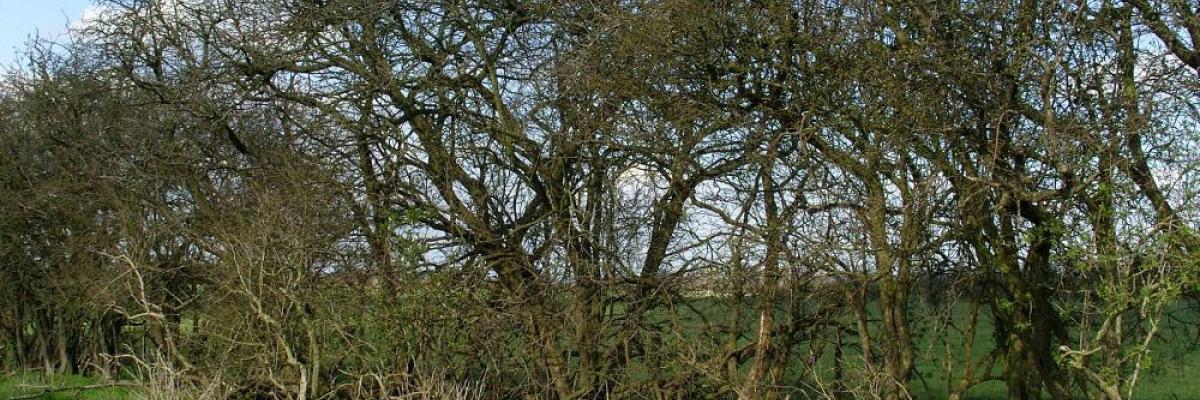

Illustrated guide to hedgerow network restoration
Natural England Technical Information Note: TIN085
Download the PDF
Hedgerows play a vital role in providing forage and shelter for important crop pollinators and predators of crop pests, and food and breeding sites for wildlife. They can also be hugely beneficial in helping to conserve soil and regulate water supply and flow. If you want to maximise the benefits you can get from restoring them on your farm, the way you manage them is critical.
This Natural England Technical Information Note provides some practical pointers to help you restore hedges and maximise on the benefits.
It touches on the impacts of cutting or trimming, the importance of introducing new hedgerow trees, of well-connected hedgerow networks and of planting new hedges. It includes two useful infographics showing the differences between before and after restoration. There are a few tips to bear in mind if you are considering planting new hedges, and some other useful resources included in ‘Further information.’
- Rejuvenating hedges by laying or coppicing will help them survive in the long term. Cutting or trimming will help prolong the interval before when they next need rejuvenating.
- Cultivating a variety of hedge types, heights and widths on your farm will provide suitable conditions for the largest range of wildlife species.
- Trimming hedges every year can be very detrimental to their production of flowers, nuts and berries. It is recommended to trim only once every three years as a minimum, and to avoid cutting the hedges on your farm in the same year.
- It is worth remembering that even dead hedgerow trees can support many wildlife species and that well-connected hedgerow networks bring many more benefits than isolated hedges.
- If you are planting a new hedge, remember to avoid archaeological sites and open landscapes where introducing them may cause a threat to some species. They should also be in keeping with the landscape character and be planted with native and locally found species.
